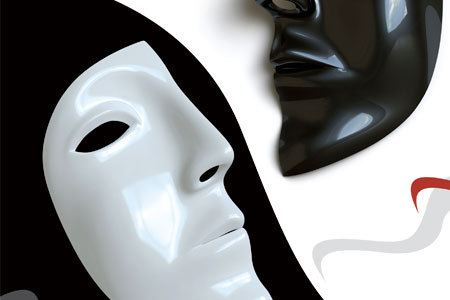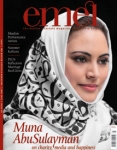
Theatrical Traditions
Issue 93 June 2012
"To the scholars and mystics like al-Ghazali, Ibn Arabi, and Ibn Farid, theatre was a metaphor for life echoed in Shakespeare’s Macbeth.”
Words Tam hussein
Cultural historians have often focused attention on Islam’s achievements in architecture, craftsmanship, and calligraphy. However, except for poetry, scant attention has been given to the Islamic contribution to the performance arts: theatre, music and dance. This is partly because of the perception that Islam has an aversion to these art forms. What is often not understood is that a complex relationship between Islam and performance art exists because of two sentiments. One that calls for sobriety, striving to remain faithful, and avoiding the snares of the lower self; whilst the other sentiment wishes to express the sheer joy of life. Arguably, the attempt to balance these two is precisely the reason for Islamic civilisation producing such a rich performance art heritage.
Muslim performance art was born out of a social milieu that prized orality and performance. Omega Replica At the time of the Prophet Muhammad, it was an intrinsic part of Arabian culture. The Prophet’s contemporaries like the poet Labid were respected precisely because of their ability to elevate the status of a tribe as well as abasing it. To have a poet born in one’s tribe was seen as a great fortune. It is the poet’s ability to sway the hearts of men; to incite a whole people to love, fight and die, which attracted the praise and censure of Islamic tradition. In light of this milieu, it also becomes apparent that the Qur’an was to not only be recited in the solitude of one’s home,
but also amongst society busy with the world.
Bookmark this |
|
Add to DIGG |
|
Add to del.icio.us |
|
Stumble this |
|
Share on Facebook |
|
Share this |
|
Send to a Friend |
|
Link to this |
|
Printer Friendly |
|
Print in plain text |
|


Comments
0 Comments